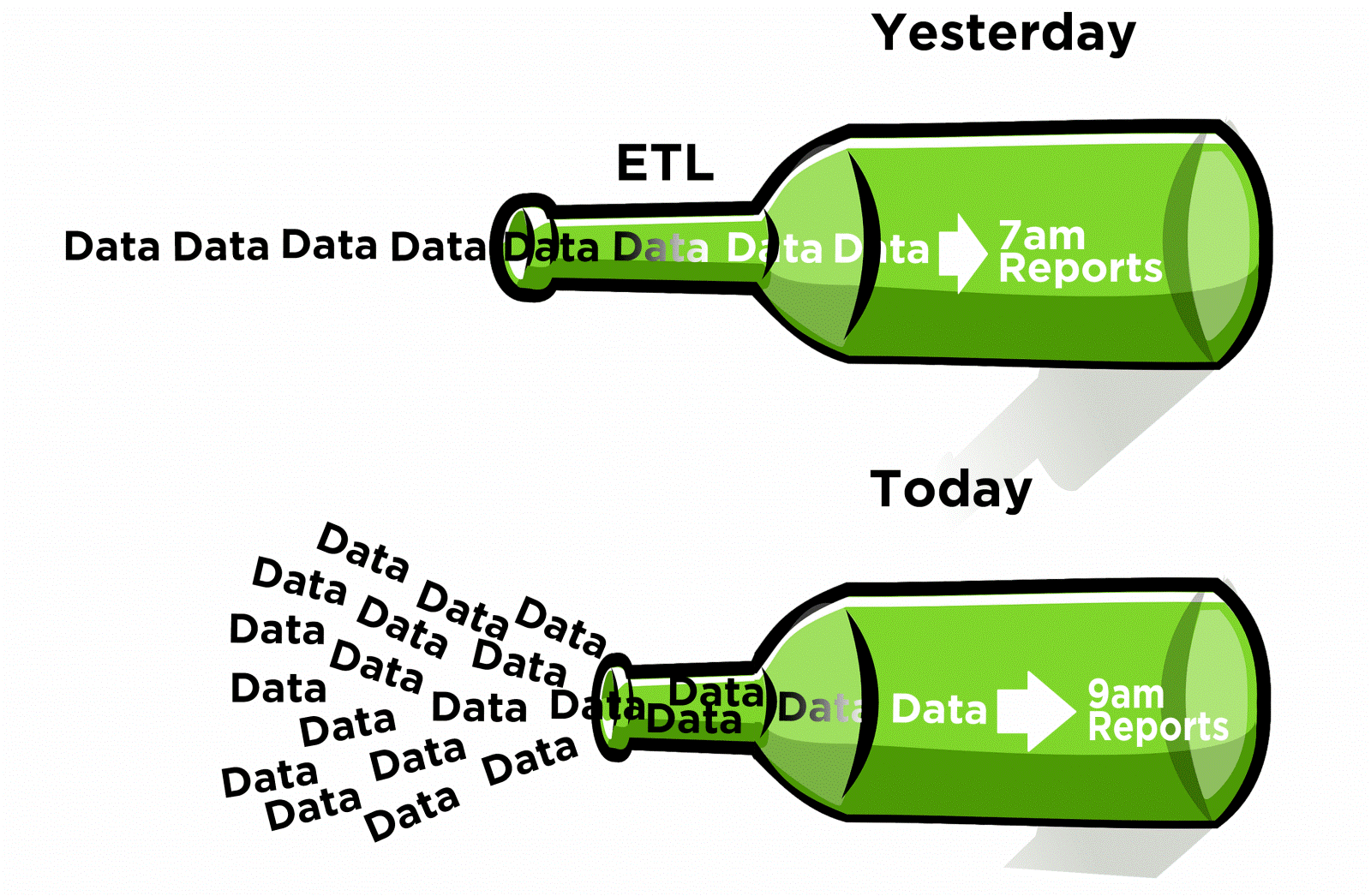CMS BigData
INTRODUCE

The current limitations of the technology platform operating the Portal system
- Only good service with a small set of users, limited access.
- Requires each unit using Portal to have a team of Portal experts to help operate well. High personnel costs.
- When it is necessary to upgrade and modify applications installed in Portal, it is very difficult because the team of experts who understand Portal lacks the professional knowledge and expertise that the application serves. For example: In an enterprise, the Portal operator is ignorant about accounting while the accounting application integrated into the Portal needs to be modified according to the needs of the business.
- Portal's architecture makes the execution concentrated on the server, the command from the client must run through a series of Portal's modules (User management, authorization ..) to reach the child application, then the child application must go through other portals. Resource management module to use Database, Files or other resources. This leads to bottlenecks in the Portal itself, when there is a large amount of information that needs to be served, the problem will be serious, which can lead to crashes, the error of having to restart the Server to install the Portal.
- The principle of integrating all sub-applications into one place and communicating with users through a single Web interface along with the desire of investors who always want to have general and general information from all applications. Using children displayed on the same screen causes many commands to execute redundantly, which will aggravate the bottlenecks mentioned above.
- Big risk of security - confidentiality: Due to the focus on integrating applications into a predefined framework, sharing and cooperating with each other in this framework, it leads to faulty operation or errors arising in an application. affect the entire system. Portal's security vulnerabilities will also cause all resources, or information to be secure, to be stolen.
Common Challenges
Day after day, the development of reality poses challenges for all Portal systems the following:
Data is getting bigger and bigger
- The variety, quality, and size of newsletters all increased. In addition, over time, the data about the contents and newsletters is increasing, while the contents and documents are not like financial accounting data to be able to close the data and delete the old data periodically. settlement period. Organizations that use PORTAL to manage and store content and documents reach the limit of Portal's capabilities.
- Using SQL database management system requires data to follow a predefined explicit structure, so it cannot be used with many different types of structured data.
- SQL database systems only support CLUSTER (bundle) technology, so when the data is too large, it still cannot meet the mining needs no matter how powerful and expensive the Server upgrade is.


Serving high traffic
- The variety, quality, and size of newsletters all increased. In addition, over time, the data about the contents and newsletters is increasing, while the contents and documents are not like financial accounting data to be able to close the data and delete the old data periodically. settlement period. Organizations that use PORTAL to manage and store content and documents reach the limit of Portal's capabilities.
- Using SQL database management system requires data to follow a predefined explicit structure, so it cannot be used with many different types of structured data.
- SQL database systems only support CLUSTER (bundle) technology, so when the data is too large, it still cannot meet the mining needs no matter how powerful and expensive the Server upgrade is.
Upgrade, expand
- For the growing data problem, with systems still using RDMS (MS SQL Server, MySql, Oracle DB, Postgre..) the response speed of the Database is inversely proportional to the size of the database, to the point of no To meet the needs, the only way is to upgrade the Database server and use CLUSTER technology to serve the stream for member servers. However, this technique does not reduce the complexity that the Database Engine has to handle because each request to filter and search for data, the Database Engine still has to process the entire volume of data to return results. Therefore, when the data is large enough to a certain limit, no server can respond. Units had to deal with data truncation, addition or storage to offline devices. Most often, it only contains data for the last 3 years, old data has been moved somewhere and is no longer accessible.


For service expansion issue
- o The structure of all deployed applications installed on one framework, sharing information and sharing resources clearly brings great benefits when compared to workstation or Client – Server application, previous generation Web application. However, in the early stages, the systems invested by units/enterprises have not yet faced the above challenges. Only a few years later, along with the development of Internet service infrastructure, the number of users also skyrocketed, posing challenges that PORTAL platforms could not solve, and at the same time exposed the limitations and weaknesses of the Internet. it.
- o Applications that want to run on a Portal must comply with the development rules and must be written in that Portal's supported language. Gathering applications running on the same platform, the number of applications is also limited, depending on Portal and not able to run independently. These applications use the same Database of Portal, each application needs to create more tables in that Database to serve its data storage needs. In general, applications and data in the state of "all eggs in one basket" are very risky for safety - security and complicate and mess up the system.
- o In the issue of "absolutely optimizing the role of electronic information public", some newspapers/units still maintain printed publications, many stages have applied software tools, but most have forgotten the management of electronic information, share content between online and print versions in PORTAL. This is not so much a matter of scalability but of digitization that has to cover all the forgotten services.
Our solution
Our key features
- Accept a variety of input content types and types. Publish content to the most popular formats.
- CMS Portal Big Data grows with many small services at its core (CORE).
- There are separate applications for management-operating and separate applications for users.
- BUG, application for operator-manager, application for user are independent.
- Using BIG DATA database management system, most suitable for content management. That meet Big Data requirements.
- Having process management allows defining many processes with arbitrary stages, specifying the process to apply to each channel/site, category. Allows to associate the unit/individual in charge with each stage in the process.
- Create and manage many component web sites, multiple channels.
- The app is intended for users that are compatible with a content delivery network (CDN) but still have features that allow users to interact with the content, still have the ability to publish/unpublish at the command of the operator – manage. Features self-reading content for the visually impaired, increasing convenience for users.
- Ability to analyze the system's operation in many dimensions.
- He reports rich.
- Integrated / Pre-embedded SEO modules into the news editor
- Built-in professional interface design tools, simple and intuitive
- Built-in multimedia content management module (Video, Youtube...)
- Optional ads management module, reader administration
